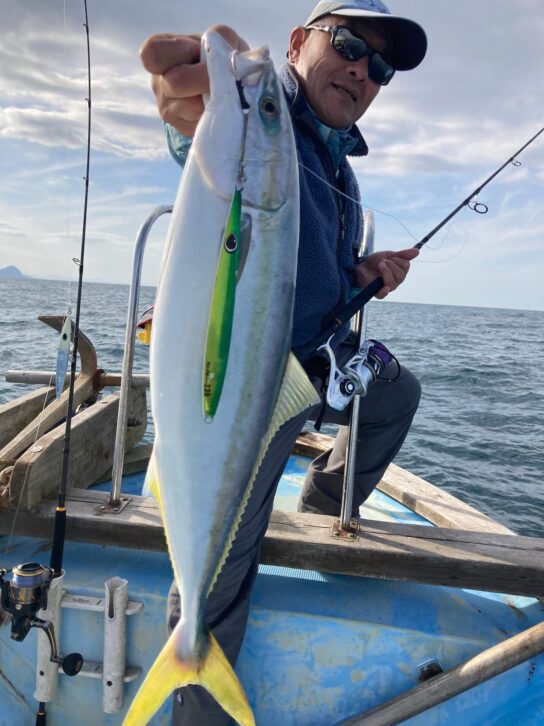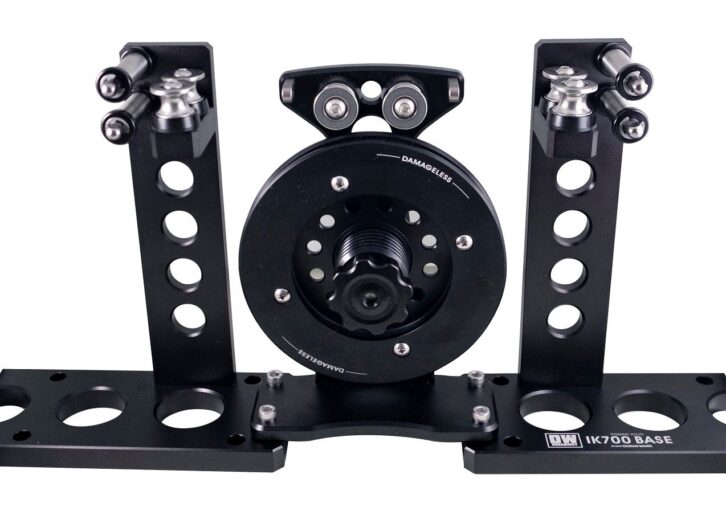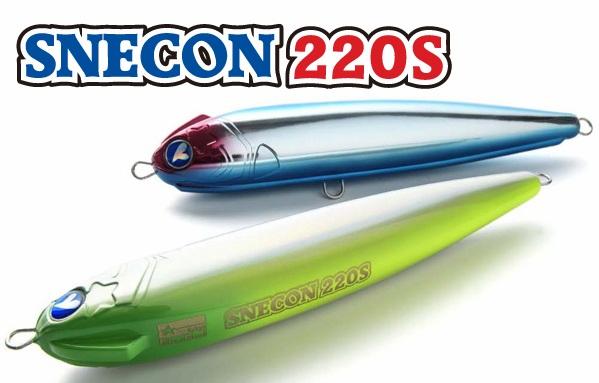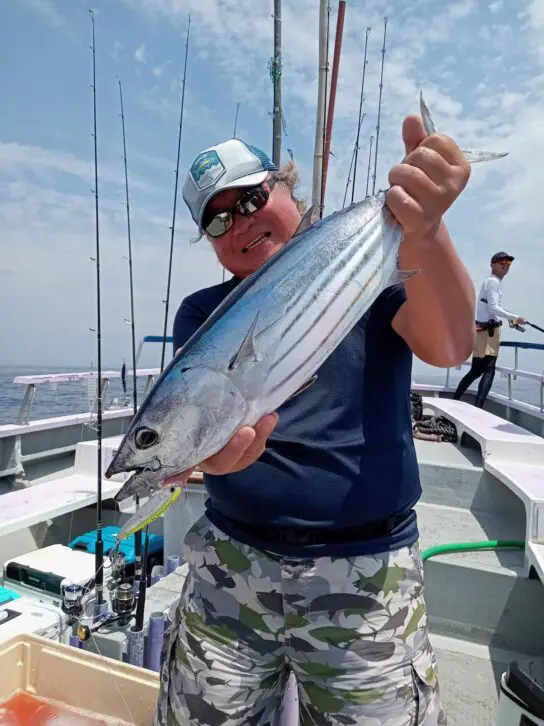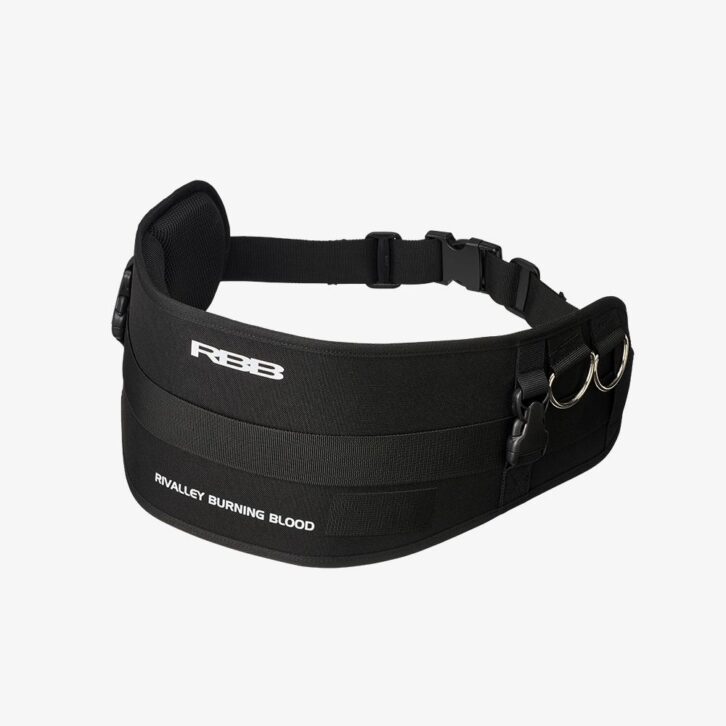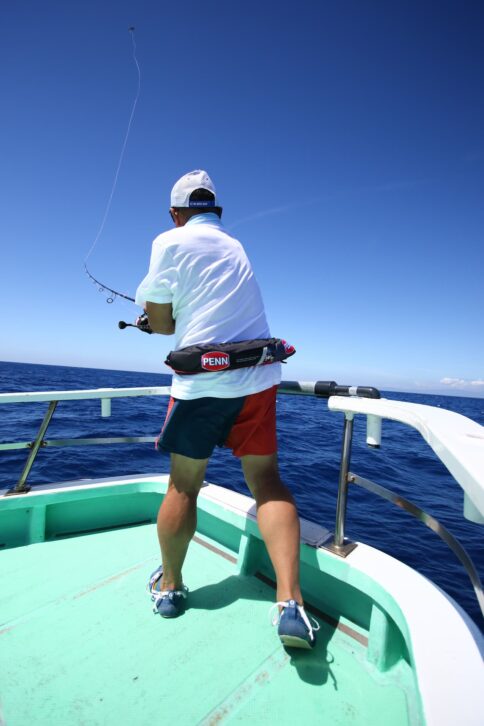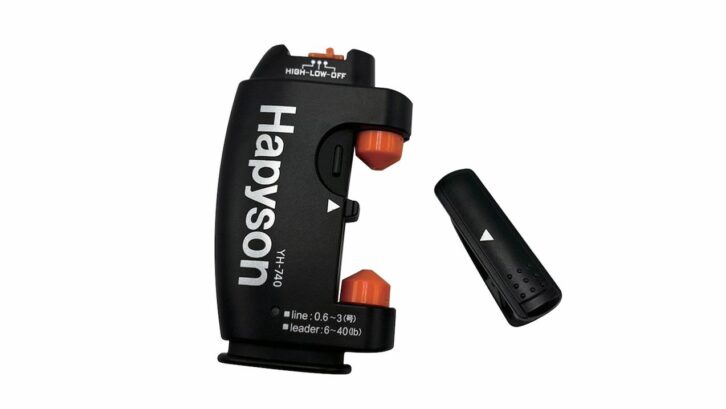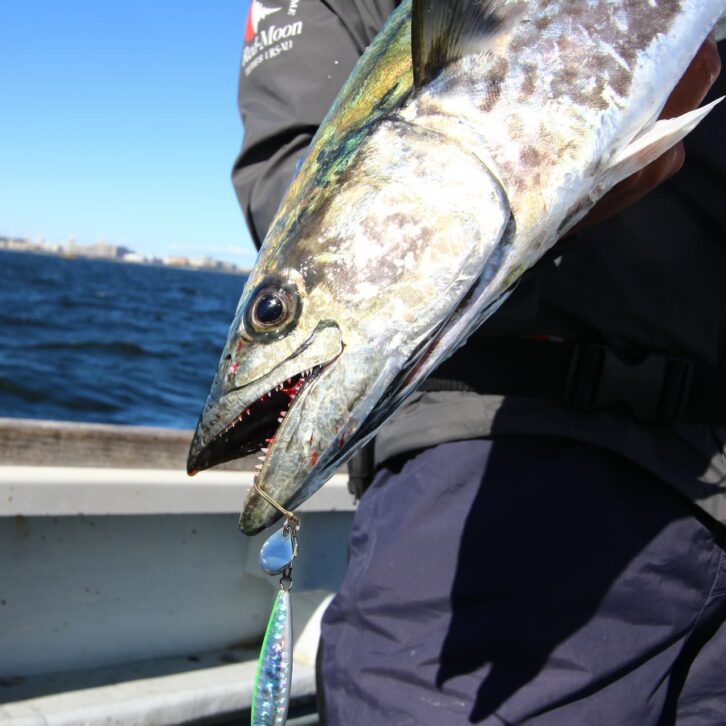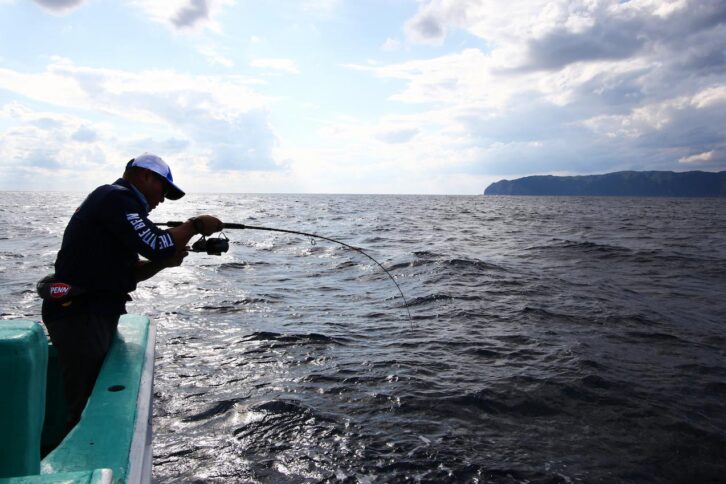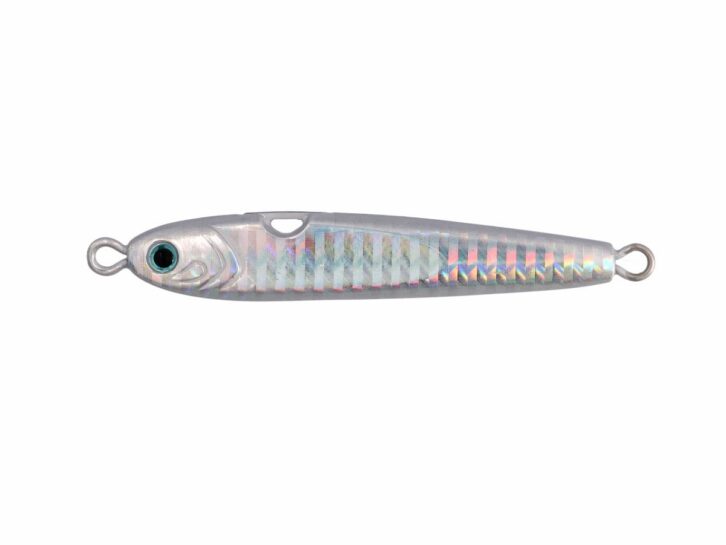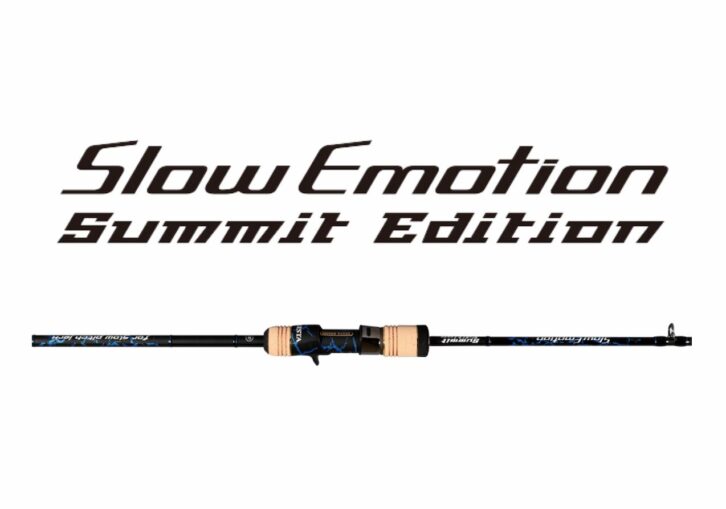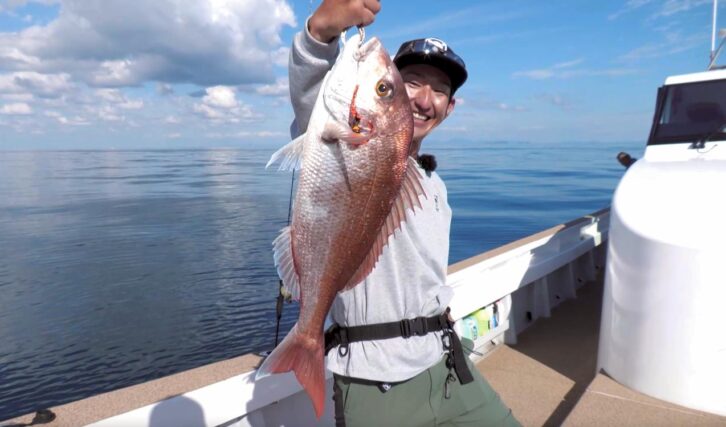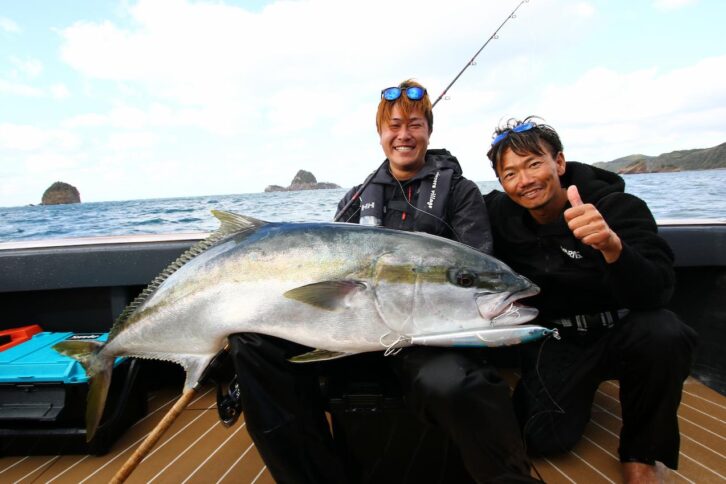Making anglers hot during the frigid cold season!
Cherry Trout Jigging off Esan, Hokkaido Using different line systems and jigs is the key to success!
During the coldest season of the year, known as the frigid season, there is a target that gets anglers hot. It is the "cherry salmon," a landlocked salmon that descends from the sea. It is an offshore target that has been gaining momentum in Hokkaido and Tohoku in recent years, and the 2024 season for jigging for cherry salmon has begun. Toshihiro Yokoshima, VARIVAS tester, went fishing and reported his findings.

INDEX
Jigging for Cherry Blossom Trout, a Winter-Spring Pleasure
Jigging for cherry salmon in Hokkaido during the cold season can be enjoyed in Rausu, Otaru and Shakotan in the east, Tomakomai and Muroran in the south, and the Hakodate- Esan area in the southern part of Hokkaido, which is introduced here. In these areas, fishing begins in mid to late January and peaks in February and March. The most popular areas are the areas near the town of Hakodate called “behind Mt. Hakodate,” Toi, Mt. This vast area is a great place to target cherry salmon.
I started going to this area last year and have been enjoying jigging for cherry salmon. The depth in this area is mostly 80 to 90 meters, and I target the middle layer of the water. The pattern is to target the upper layer at 40 to 10 meters in the morning, and as time goes by, to patiently target the lower layer at 60 to 40 meters.
It was mid-February when I visited the southern Hokkaido area for cherry salmon jigging this season. This year’s mild winter? Perhaps due to the mild winter, the migration of cherry salmon to the south was delayed, and from the end of January to the beginning of February, there were no good catches. What’s wrong?” I had been wondering “What’s going on? However, a few days before I planned my fishing trip, the fishing began to pick up and I received a call that the fishing was “going great! I was elated and headed for Hakodate.
From Tokyo, where I live, there are two ways to get to Hakodate: by air from Haneda Airport or by land using the Shinkansen bullet train. If you plan your fishing trip in advance, flying is convenient in terms of time, but if you want to go fishing after getting information, the Shinkansen is also recommended.
I also decided to take the Shinkansen this time, and entered Hakodate on the first day as a travel day to be well prepared for the first day’s fishing.

The southern area of Hokkaido is still very cold. However, there is one fish that brings anglers to this area. It is the cherry salmon. There are many experts who are into jigging for cherry salmon, and Yokoshima-san is one of them.
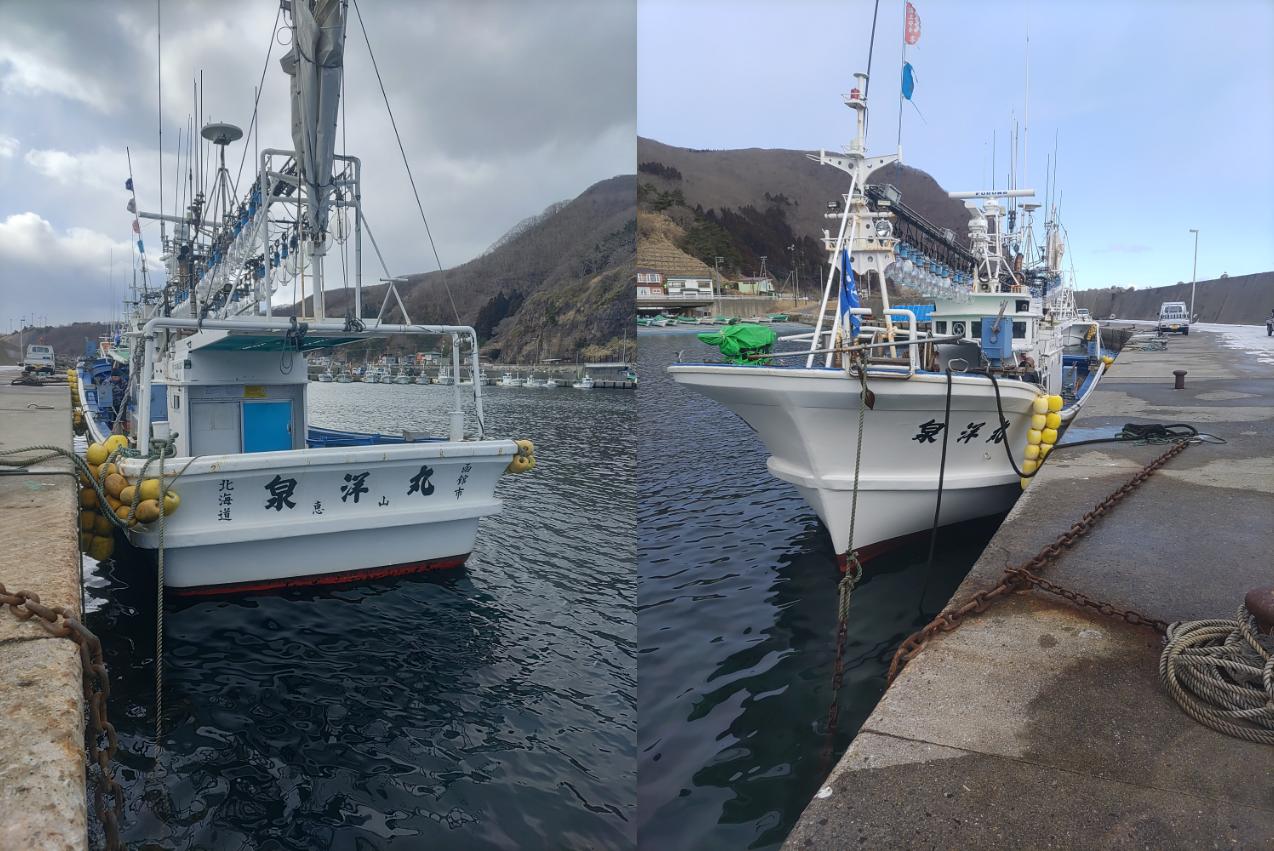
Mr. Yokoshima’s fishing partner this time was the Senyo Maru at the port of Esan. Since there is a possibility that fishing may be cancelled during this season, he took the Shinkansen bullet train from central Tokyo, although it would take longer than flying. We headed to Hakodate Hokuto and rented a car from there.
With a good grasp of the range and a strategy of using the end of the tide, the fishing was excellent from the very first day!
This time, we went to “Izumi” at Esan Port.
This time, we were under the care of the Senyo Maru at the port of Esan, and set sail for the point a little before 6:00 a.m. The day’s fishing was unique to local anglers. We were accompanied by a local angler who fished using the “baits” method, and we arrived at the point after about 30 minutes of sailing.
Assuming that the fish were in the upper layer first thing in the morning, I used my favorite 2-way-spiky ReBORN Sea Firefly color (Yokoshima green) 135g to see how the fish were doing. While checking the counter on the reel, I dropped the jig to 40 meters and maneuvered the jig at a moderate speed. Then the captain announced, “Jig from 30 meters up! the captain announced. I immediately reeled in the reel and started rod action at 29m, and got a metallic bite peculiar to cherry salmon. I immediately got a metallic bite, which is characteristic of cherry trout.
Once hooked, the angler was able to enjoy the exciting fight. A beautiful cherry salmon appeared on the surface of the water. After that, I continued to target cherry salmon, paying attention to the strength and width of the jerk and the distance of the fall. As time went by, the range of the fish was getting lower, but I was able to catch them at the right range and was able to increase the number of fish I caught.
On this day, the tide was about to reach the sokori at 10:30 a.m., and I was imagining how I would fish at that time. When the tide stopped, I changed my jig from semi-long to long. I increased the sliding motion of the jig to create a “pause” between bites, and succeeded in getting a hit. In the midst of all this, I got a big hit that I wondered, “What if? In the midst of all this, a big hit was obtained. The big hit was a guy who kept chasing me at 43m, and after the hit, he ran wild for about 100m and broke the leader. Well………………………. After that, we were able to catch cherry trout consistently, and the first day’s fishing was over.
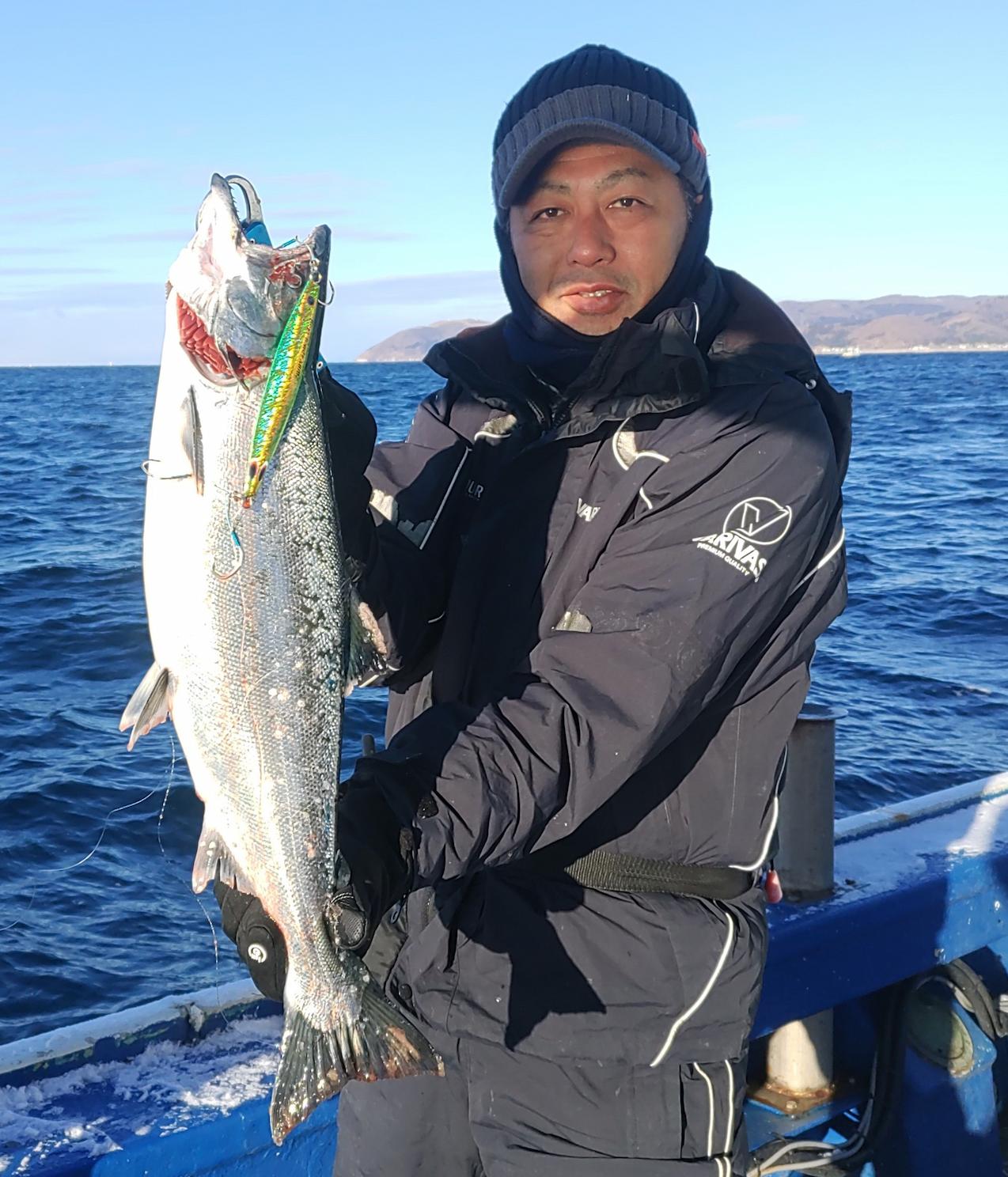
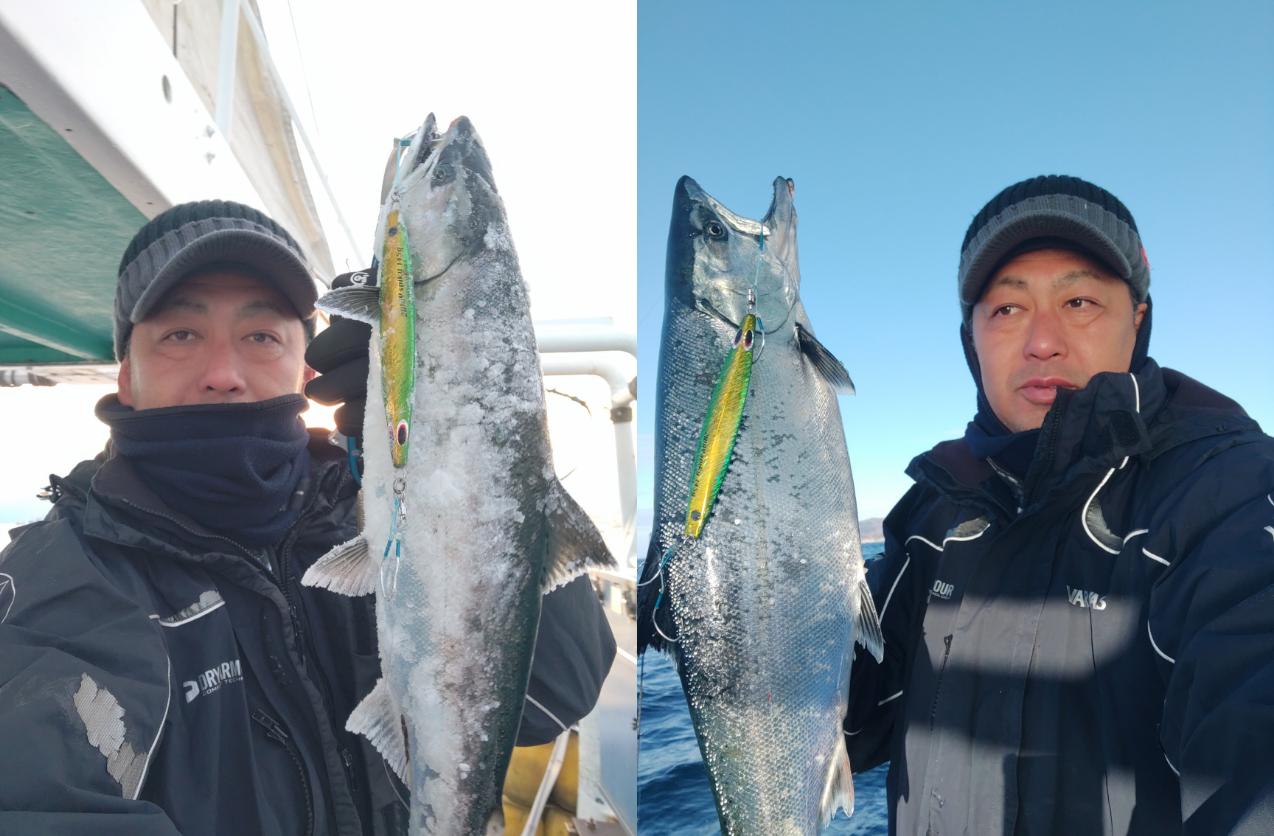
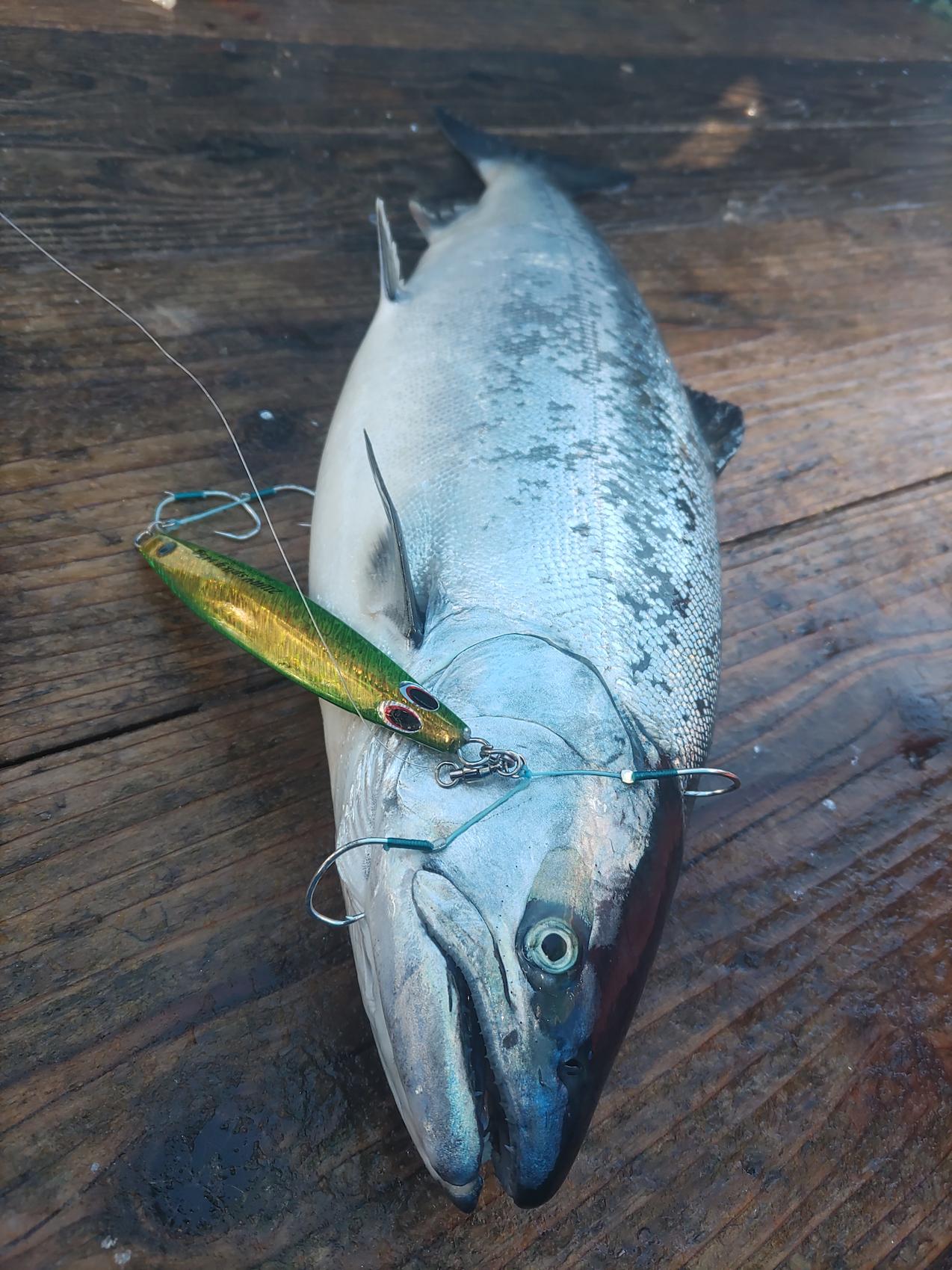
On the first day, I was fishing with a 135g 2-way-spiky ReBORN sea firefly color (Yokoshima green), which was doing very well.
Thin and strong line made a difference in fishing results on day 2.
Contrary to the forecast for the day, which called for the wind to drop and calm down, the conditions were extremely cold, with temperatures dropping to minus 7 degrees Celsius in the early morning and snow flurries. Therefore, a severe game was expected. As on the previous day, we boarded the Senyo Maru and departed from the port of Esan on time. As on the previous day, many boats had already gathered when we arrived at the point, and we started fishing from a little distance from the fleet.
I set a 2-way-spiky ReBORN semi-long sea firefly color jig as I did on the first day. I believed in myself that this color would be especially effective when the water was dark due to low light under cloudy skies, but the conditions were a little tough this day, and the “buckets” were not getting any hits. The captain decided to move to an area closer to Mt. This decision proved to be a good one, and he succeeded in catching a school of cherry salmon, and the hits kept coming. The difference between me and the other anglers at this point was the tackle system. I wanted to use as light a line as possible, so I used a combination of VARIVAS ‘ new Abani Jigging 10×10 MAXPOWER PE X9 No. 0.8 and a 16lb fluorocarbon leader. This system was designed to reduce water resistance and slugs as much as possible to alleviate pressure.
This line is one to two ranks stronger than regular PE line, so thinner line can be used. This was a development that maximized the advantages of this line. The difference between the anglers using 20lb leader and those using 20lb leader was impressive. The Esan area seemed to be very crowded that day, but thanks to the captain’s good judgment and tackle, we were able to catch a very satisfying catch.
The cherry salmon jigging game will be opened in Sanriku area on March 1 and can be enjoyed until June. We hope you will enjoy jigging for cherry salmon in your own field.

On the second day, it was quite cold in the morning, and we expected the conditions to be tough, but the captain’s good judgment of fishing points allowed us to catch fish. We were also able to catch a lot of fish by taking advice from the locals.

We have been testing and tying 16lb fluorocarbon to 0.8 of Abani Jigging 10×10 MAXPOWER PE X9, a PE line that was released this year. It is 10-20% stronger than the previous one, with less stretch, less water loss, and less tidiness. Thanks in part to this line, we were able to obtain satisfactory fishing results.


